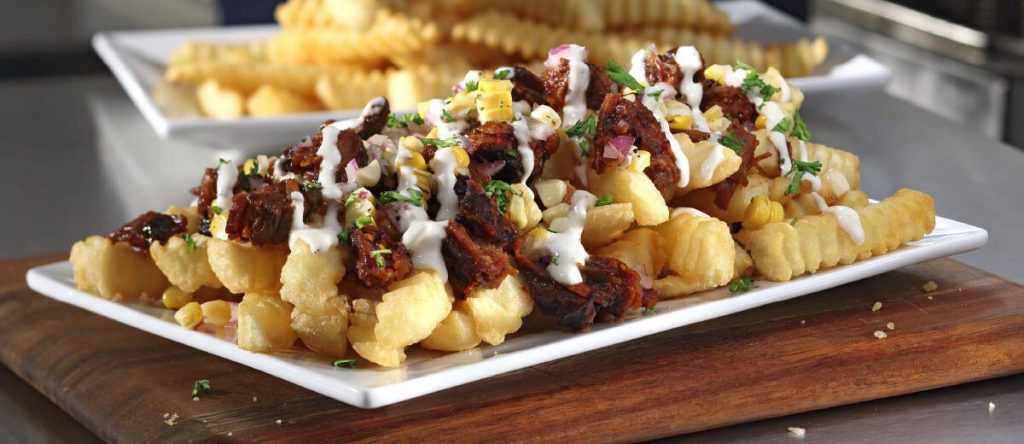
Fusion Cuisine A Culinary Melting Pot
Fusion cuisine, a culinary trend that blends elements from different cultural traditions, has gained immense popularity in recent years. This innovative approach to cooking has resulted in a wide range of delicious and unique dishes that tantalize the taste buds.
The Origins of Fusion Cuisine
The concept of fusion cuisine can be traced back to centuries ago, when cultures interacted and exchanged ideas. However, the term “fusion cuisine” gained prominence in the 20th century, particularly in the United States and Europe.
Key Characteristics of Fusion Cuisine
- Blending of Flavors: Fusion cuisine combines elements from different culinary traditions, creating unexpected and exciting flavor combinations.
- Innovation: Chefs experiment with new ingredients, techniques, and presentation styles to create innovative and original dishes.
- Globalization: The increasing interconnectedness of the world has made it easier for people to experience and appreciate different cuisines.
Popular Fusion Cuisine Examples
- Sushi Burrito: A fusion of Japanese and Mexican cuisine, combining sushi ingredients with a burrito wrap.
- Indian-Chinese: A popular fusion cuisine in India that blends Indian spices with Chinese cooking techniques.
- Italian-Thai: A fusion cuisine that combines Italian pasta with Thai flavors and ingredients.
- Tex-Mex: A fusion cuisine that blends Mexican and Texan influences, often featuring bold flavors and hearty portions.
Challenges and Opportunities
While fusion cuisine has gained popularity, it also faces challenges. Critics argue that it can dilute the authenticity of traditional cuisines. However, fusion cuisine can also be seen as a way to celebrate diversity and promote cultural exchange.
The future of fusion cuisine is bright. As the world becomes more interconnected, we can expect to see even more innovative and exciting culinary creations. Fusion cuisine offers a unique opportunity to explore new flavors, experience different cultures, and discover the endless possibilities of food.





